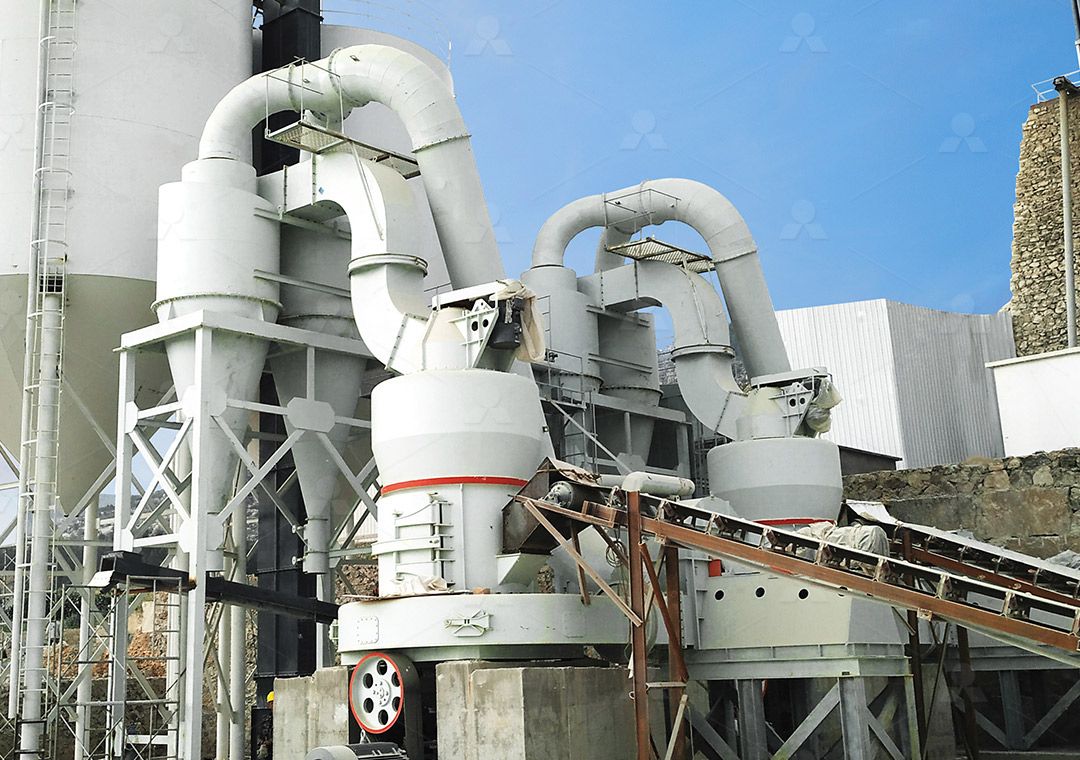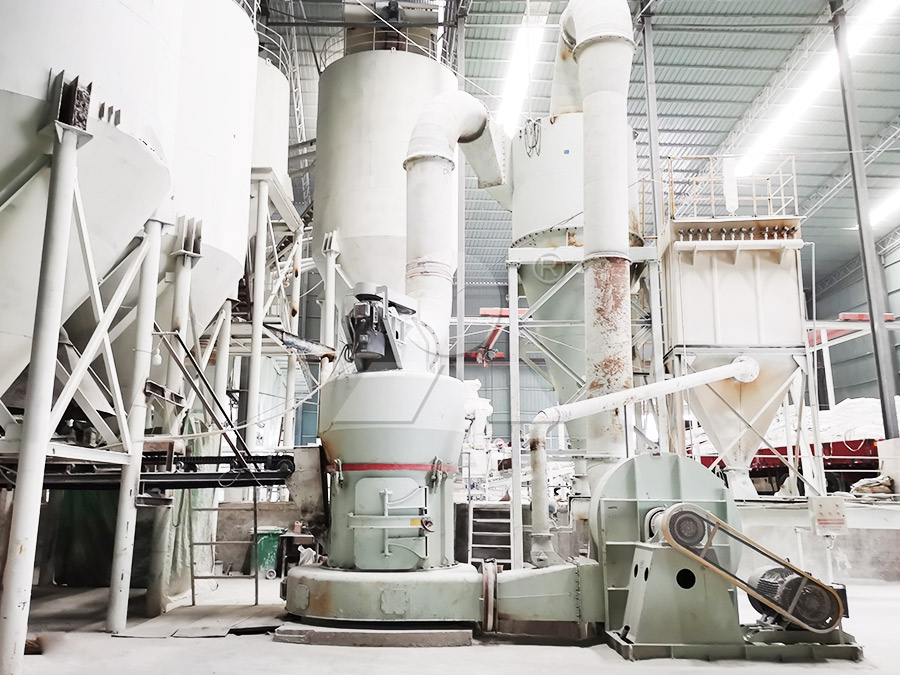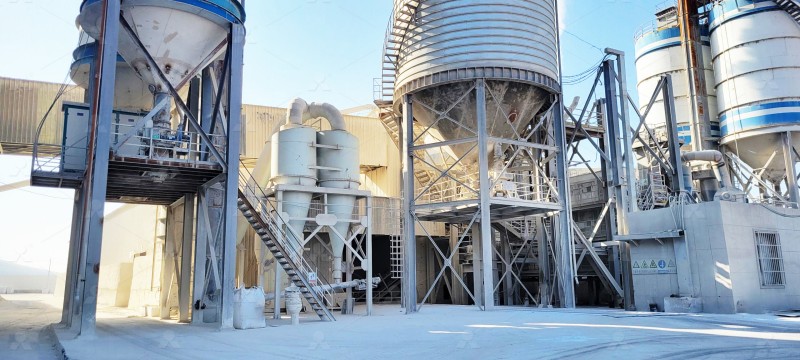Medium Speed Coal Mill for Large-Scale Powder Grinding Equipment
Medium Speed Coal Mill for Large-Scale Powder Grinding Equipment
In industrial processing operations requiring consistent, high-volume powder production, medium speed coal mills have become the backbone of efficient material size reduction. These specialized grinding systems bridge the gap between traditional low-speed ball mills and high-speed impact mills, offering an optimal balance of energy efficiency, production capacity, and particle size control.

The fundamental advantage of medium speed mills lies in their unique grinding mechanism. Unlike ball mills that rely primarily on impact and attrition, medium speed mills utilize a combination of compression and shearing forces between grinding rollers and a rotating table. This multi-faceted approach to particle reduction results in more uniform particle size distribution and significantly lower energy consumption per ton of processed material.
Key Operational Advantages
Modern medium speed coal mills incorporate several technological advancements that distinguish them from earlier generation equipment. Integrated drying systems allow simultaneous grinding and moisture reduction, eliminating the need for separate drying equipment. Advanced classifier technology enables precise control over final product fineness, while automated control systems maintain optimal operating parameters with minimal manual intervention.
Environmental considerations have driven significant improvements in mill design. Contemporary systems feature comprehensive sealing arrangements that prevent dust emissions during operation. Noise reduction technologies, including acoustic insulation and vibration damping systems, create safer working environments while meeting stringent regulatory requirements.
Application-Specific Solutions
While commonly associated with coal grinding for power generation, medium speed mills demonstrate remarkable versatility across multiple industries. Their capability to process materials with varying hardness and moisture content makes them suitable for diverse applications including cement raw meal preparation, limestone desulfurization, and various industrial mineral processes.

For operations requiring ultra-fine powder production with exceptional particle size control, our MW Ultrafine Grinding Mill represents the pinnacle of grinding technology. This advanced system processes materials with input sizes up to 20mm and delivers production capacities ranging from 0.5 to 25 tons per hour. The MW series incorporates German cage-type powder selector technology, enabling precise fineness adjustment between 325-2500 meshes with screening rates achieving d97≤5μm in a single pass.
The MW Ultrafine Grinding Mill’s innovative design eliminates rolling bearings and screws within the grinding chamber, significantly reducing maintenance concerns associated with bearing failures or loose fasteners. External lubrication points facilitate maintenance without production interruptions, supporting continuous 24-hour operation. Combined with integrated pulse dust collection and noise reduction systems, this equipment delivers exceptional performance while maintaining environmental compliance.
Vertical Mill Technology Advancements
Vertical grinding mills represent another significant evolution in medium-speed grinding technology. Our LUM Ultrafine Vertical Grinding Mill incorporates the latest Taiwanese grinding roller technology with German powder separation expertise. This system handles input materials up to 10mm with production capacities of 5-18 tph, making it ideal for superfine dry powder production of non-metallic ores.
The LUM series features double position-limiting technology that prevents destructive contact between grinding components during operational vibrations. Its reversible structure simplifies maintenance by allowing easy removal of grinding rollers for inspection or replacement. The PLC-controlled multi-head powder separating system enables precise control over grinding parameters while reducing energy consumption by 30-50% compared to conventional mills.

System Integration and Operational Efficiency
Successful implementation of medium speed coal mills requires careful consideration of auxiliary systems. Feed consistency, gas flow management, and temperature control all contribute significantly to overall system performance. Modern installations typically incorporate sophisticated monitoring systems that track bearing temperatures, vibration levels, and pressure differentials to prevent unscheduled downtime.
Maintenance planning represents another critical aspect of mill operation. Strategic spare parts inventory, combined with comprehensive training for maintenance personnel, ensures rapid response to operational issues. The modular design of contemporary mills facilitates component replacement with minimal disruption to production schedules.
Frequently Asked Questions
What distinguishes medium speed coal mills from other grinding technologies?
Medium speed mills operate at rotational speeds between 25-50 rpm, creating an optimal balance between impact and compression grinding forces. This results in higher efficiency and more uniform particle size distribution compared to both low-speed ball mills and high-speed impact mills.
How do integrated drying systems function within these mills?
Hot gases introduced through the mill base simultaneously dry and transport material. The grinding process exposes fresh particle surfaces, enhancing drying efficiency while the gas stream carries properly sized particles to the classification system.
What maintenance considerations are unique to medium speed coal mills?
Primary maintenance focuses on grinding element wear, with roller and table wear patterns requiring periodic inspection. Modern designs incorporate hardfacing technologies and reversible components to extend service intervals. Lubrication systems require regular monitoring, though many contemporary mills feature automated lubrication.
How does classifier technology impact final product quality?
Dynamic classifiers enable real-time adjustment of product fineness without stopping mill operation. Advanced designs incorporate multiple rotor stages and adjustable vanes to achieve precise particle size cuts, typically between 80% passing 200 mesh to 95% passing 325 mesh for coal applications.
What safety features are incorporated into modern medium speed coal mills?
Comprehensive protection systems include explosion venting, inert gas blanketing, temperature monitoring, and vibration detection. Operational interlocks prevent unsafe conditions, while maintenance safety features include mechanical roller locking systems and confined space access protocols.
